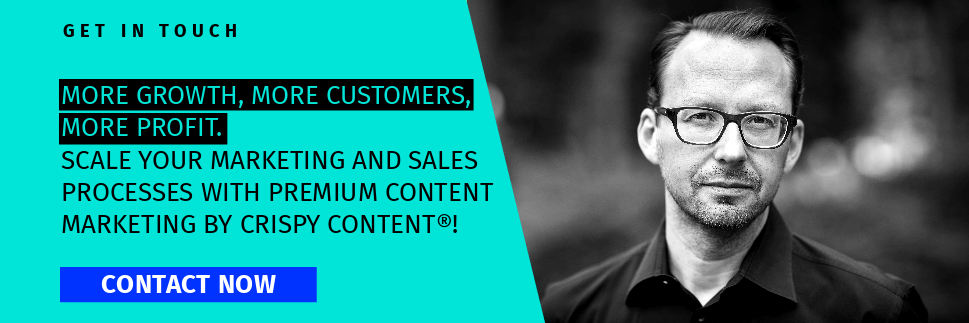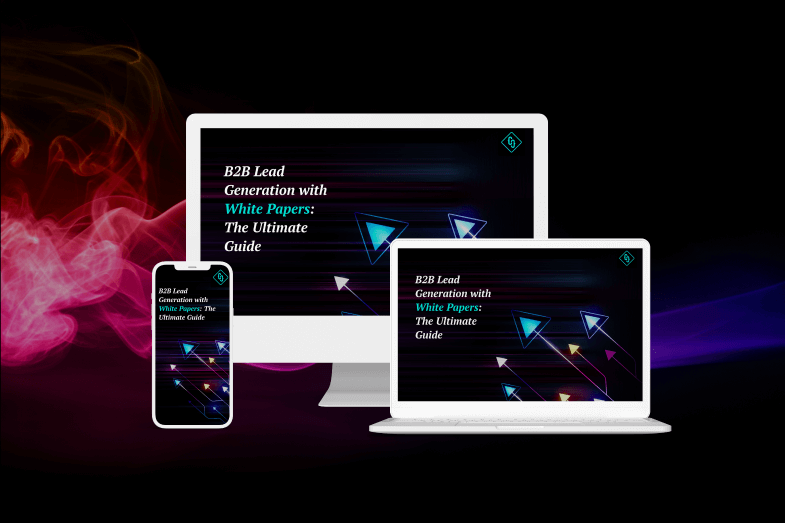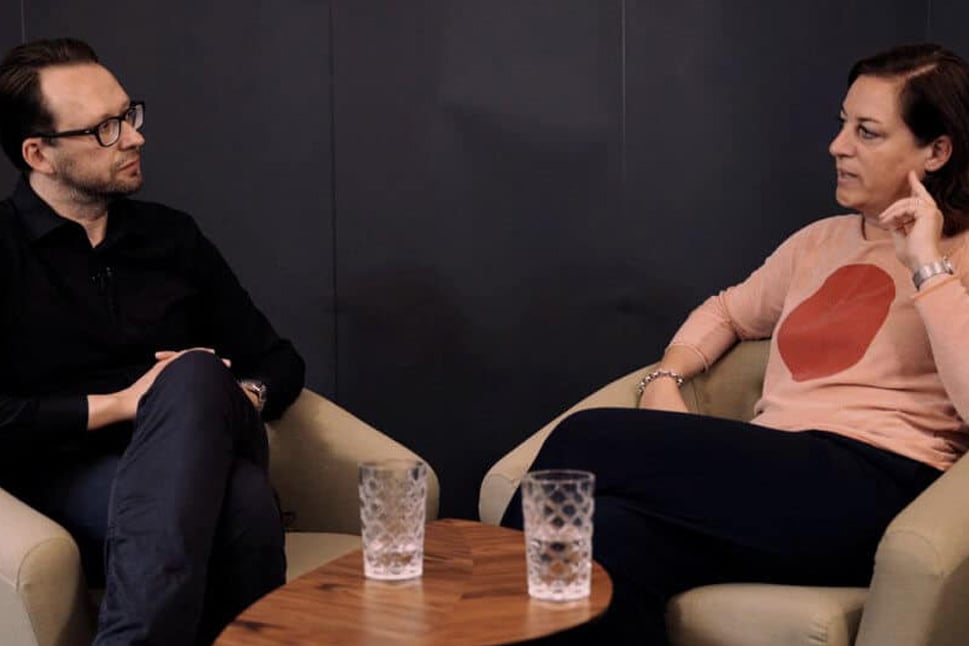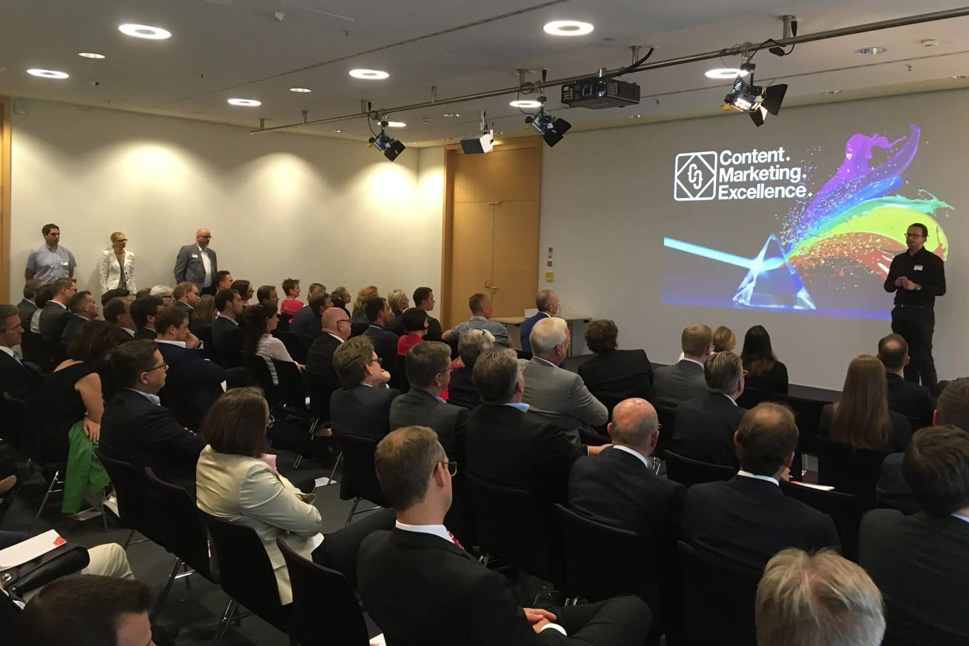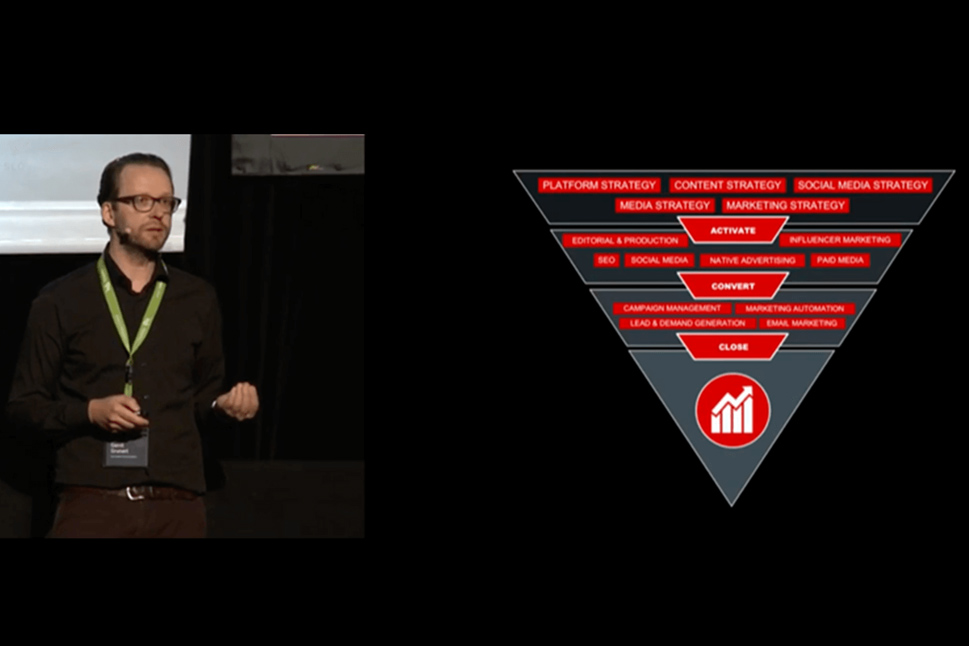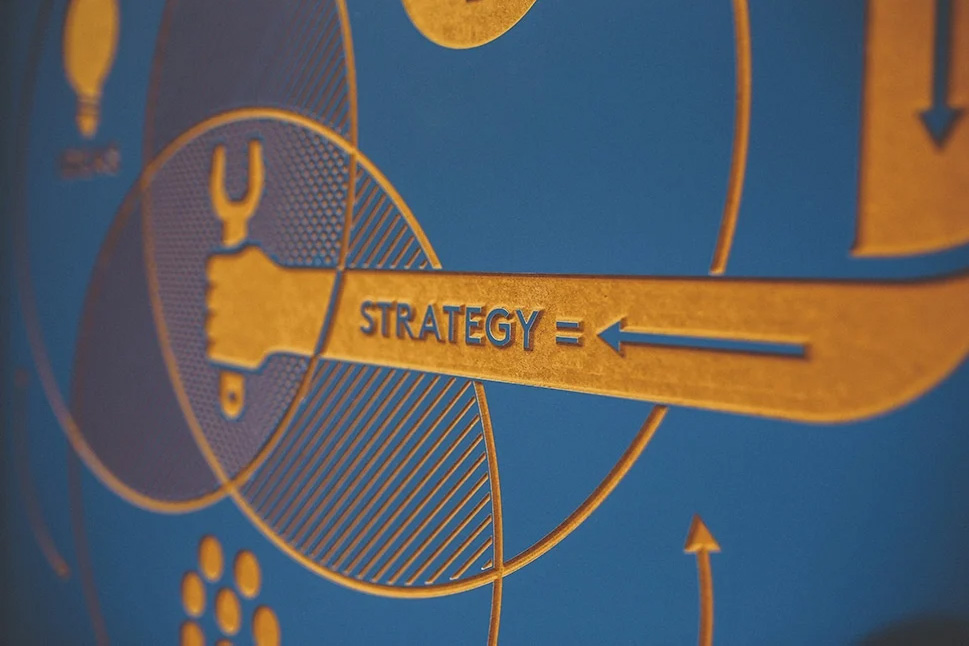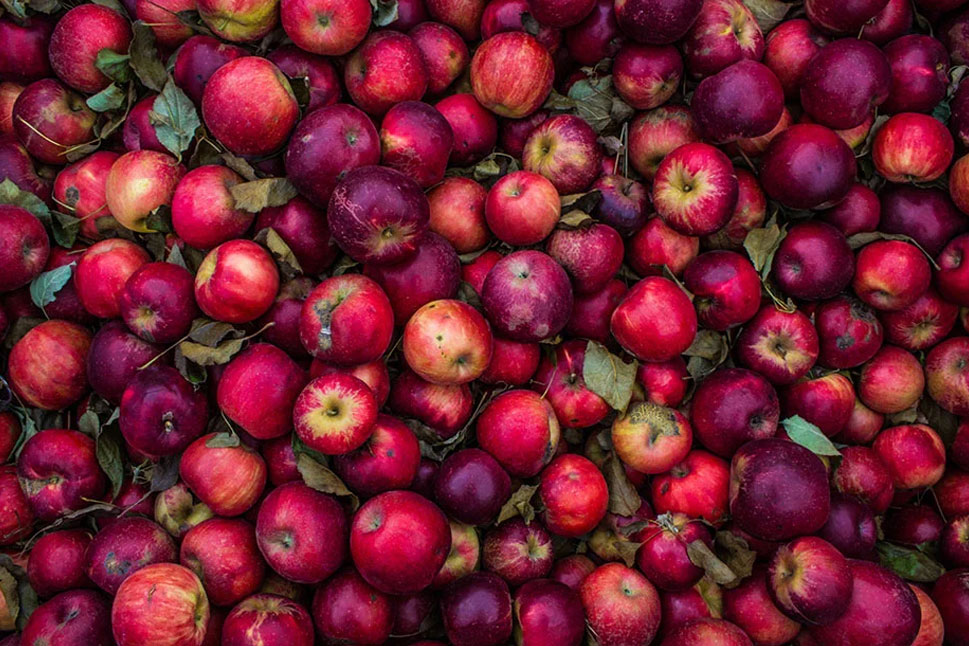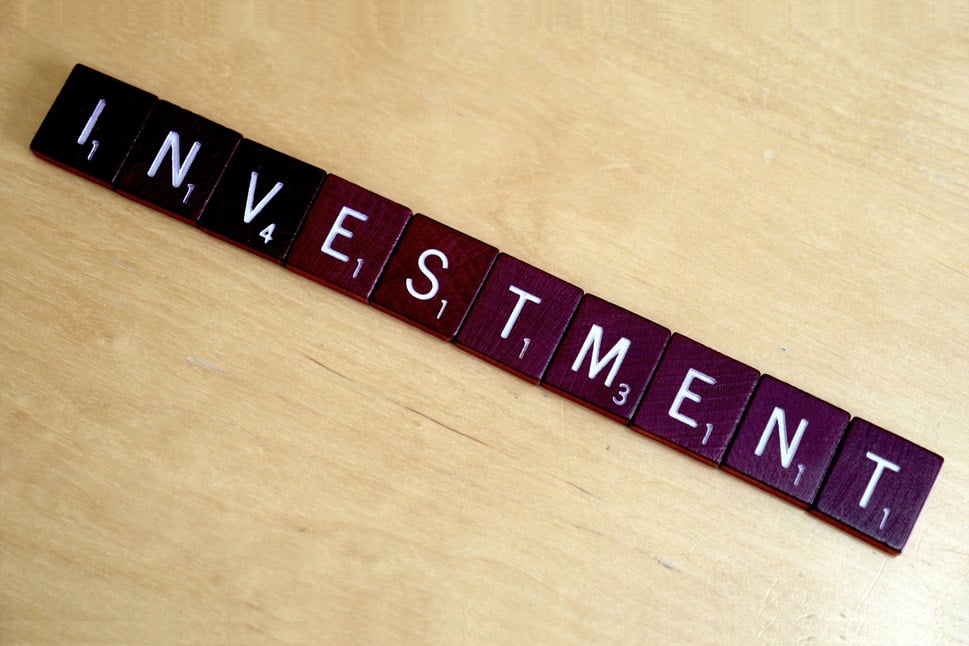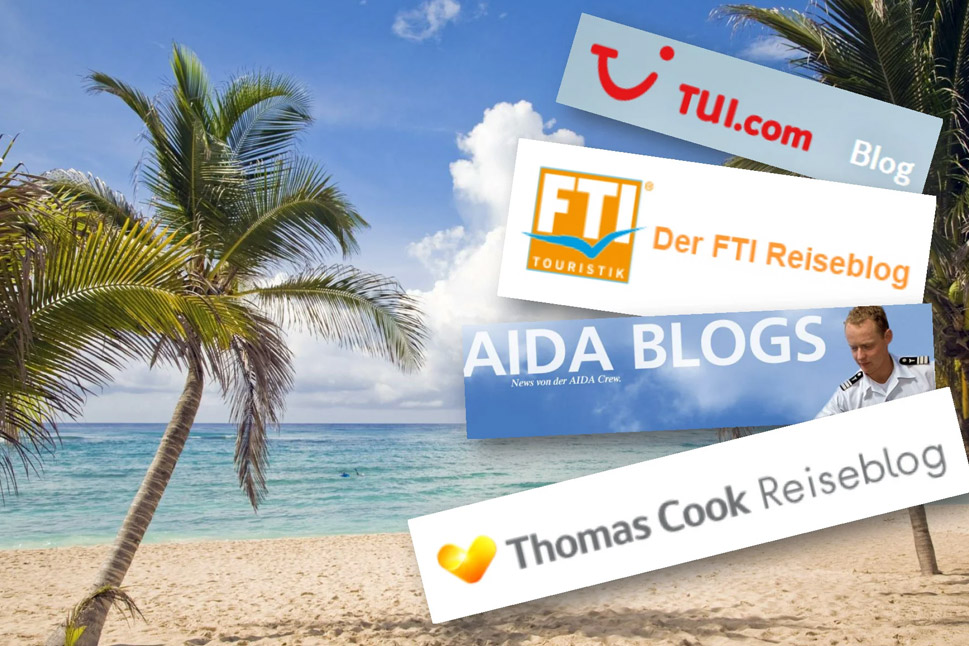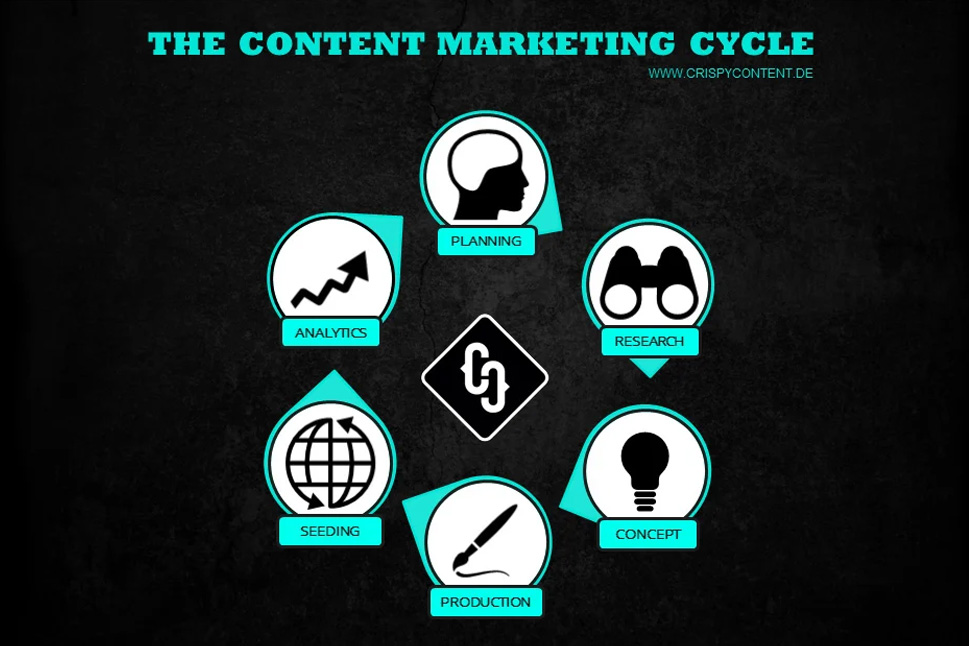Conversion Optimisation in Content Marketing
Last updated on December 17, 2021 at 05:04 AM.Are you working hard to produce content marketing content, only to find that your visitors are still jumping ship? Conversion optimisation is the solution! Conversion means turning visitors into leads and paying customers. In this blog post, we’ll show you which lead-generating measures can give you a helping hand.

Conversion as an essential element of content marketing
Website operators are often quick to point out their high number of visitors – but what seems impressive at first glance often turns out to be nothing more than an illusion. This is because traffic alone gives no indication of a website’s performance in regards to a predefined target. If a website has nothing to offer, users will view it for a few seconds and then jump ship without any interaction. This is where conversion optimisation comes in.
The conversion rate indicates the percentage of users who are genuinely interested in your content and are interacting as opposed to just looking around. Conversion basically refers to any sort of interaction, including filling out a contact form, clicking on an advertising banner or buying something through your online shop.
For many companies, conversion serves as the central value creation process. Users nowadays have more online touch points and opportunities for interaction with your company than ever before. In content marketing – which covers many more areas than conventional websites and shops –conversion optimisation is all the more important.
Calculating the Conversion Rate
You can calculate the conversion rate using simple division. Take the example of lead generation, where the number of leads are divided by the number of visitors. A result of 0.05 would mean that 5 per cent of your visitors are being converted to leads.
It is difficult to generalise as to what constitutes a promising result, since this varies from market to market and industry to industry. However, the following values can serve as a rough guide: As soon as your company reaches a visit-to-contact conversion rate of about 3 to 4 percent, you can consider yourself to be on a good path. Depending on the industry and the market situation, the conversion rate could also be considerably higher.
Optimising Conversions
Within content marketing, there are numerous areas where conversion optimisation can take place. “What concrete measures can I take that will lead to success?” you might ask. Here, we’ll show you 4 examples of important conversion points and the appropriate means of optimisation:
Landing page optimisation: Your landing page is an essential factor in lead generation and lead nurturing. Make visitors curious about your web presence. All relevant content must be located in the area that is immediately visible – nobody likes to scroll endlessly. You should also make use of a target-group-tailored design.
Relevance is the most important consideration: Visitors must be able to find exactly what they are looking for on the landing page. All content, including the header and images, should be matched to the search term. Offer solutions to problems. Make sure to keep things up-to-date.
All relevant information must be immediately findable: Nobody will make the effort to seek out essential facts on a sprawling or unwieldy webpage. Navigation should be clear and streamlined, as should the hierarchy of the overall website.
The user should always be motivated to interact. A clear call-to-action is a must. At the same time, it’s essential not to lose sight of trust elements: It’s only when a visitor feels accommodated and safe that they will continue to click through your website.
Comfort also plays an important role – always give visitors the impression that they’ll be able to find what they want without expending effort and with a minimal number of clicks.
Removing forms: Understandably, you want to collect as much user data as possible. However, each input field is a potential hurdle that could deter users from taking the desired final action. Reduce the number and size of forms to the bare minimum and offer alternatives such as telephone call-backs and online chats. Once visitors have had a chance to gradually build trust in your business, they’ll be more willing to share data.
Reduce response times: Your time is precious – and so is that of your visitors. If users are contacting you of their own accord – by e-mail, for example – the chance of converting them to leads is high. Always answer promptly and ensure that the concerns of potential customers are met. This creates trust and engenders loyalty to your company.
Be aware of the quid-per-quo principle: Always offer users a service that adds value before asking for their contact information. Visitors are reluctant to simply hand over their data from the outset; any conversions that occur will mainly be due to the quality of your content. Devise high-quality content to arouse curiosity among visitors, satisfy a need for information and help solve problems.
As is clear from these examples, content marketing offers a range of “set screws” that you can adjust to obtain higher conversions.
Stages of Conversion Rate Optimisation and Measuring Success
Analysis of the status quo: Get to know your current conversion level and the point at which most users cease their interaction.
Assessment of the analysis: As soon as you know where you stand, create several optimisation variants and work out a plan for conversion optimisation.
Implement the plan: Implement the modifications to your website (images, texts, videos, links, optimised design, shorter forms).
Test the success of your measures: Tools such as Google Analytics help you measure user response to your changes. Even if you consider your website to be appealing and intuitive, this may be far from the case for the majority of your users. Select a fixed period for your measurements and take an adequate amount of data into account. Methods such as multivariant and A / B testing will provide you with valuable feedback.
Finally, remember this: Conversion optimisation is a continuous process that requires continual adjustment. Stay on the pulse of the market and optimise your web offering on a regular basis.
Conversion Rate as an Indicator of Successful Content
As we’ve now seen: Without a well-thought-out strategy for conversion optimisation, you have little chance of permanently retaining visitors and turning them into potential customers. If you commission an agency to carry out your content marketing, you should inquire about the expected conversion rate. Hardly anything is a stronger indicator of success or failure of content
 Gerrit Grunert
Gerrit Grunert
Gerrit Grunert is the founder and CEO of Crispy Content®. In 2019, he published his book "Methodical Content Marketing" published by Springer Gabler, as well as the series of online courses "Making Content." In his free time, Gerrit is a passionate guitar collector, likes reading books by Stefan Zweig, and listening to music from the day before yesterday.
